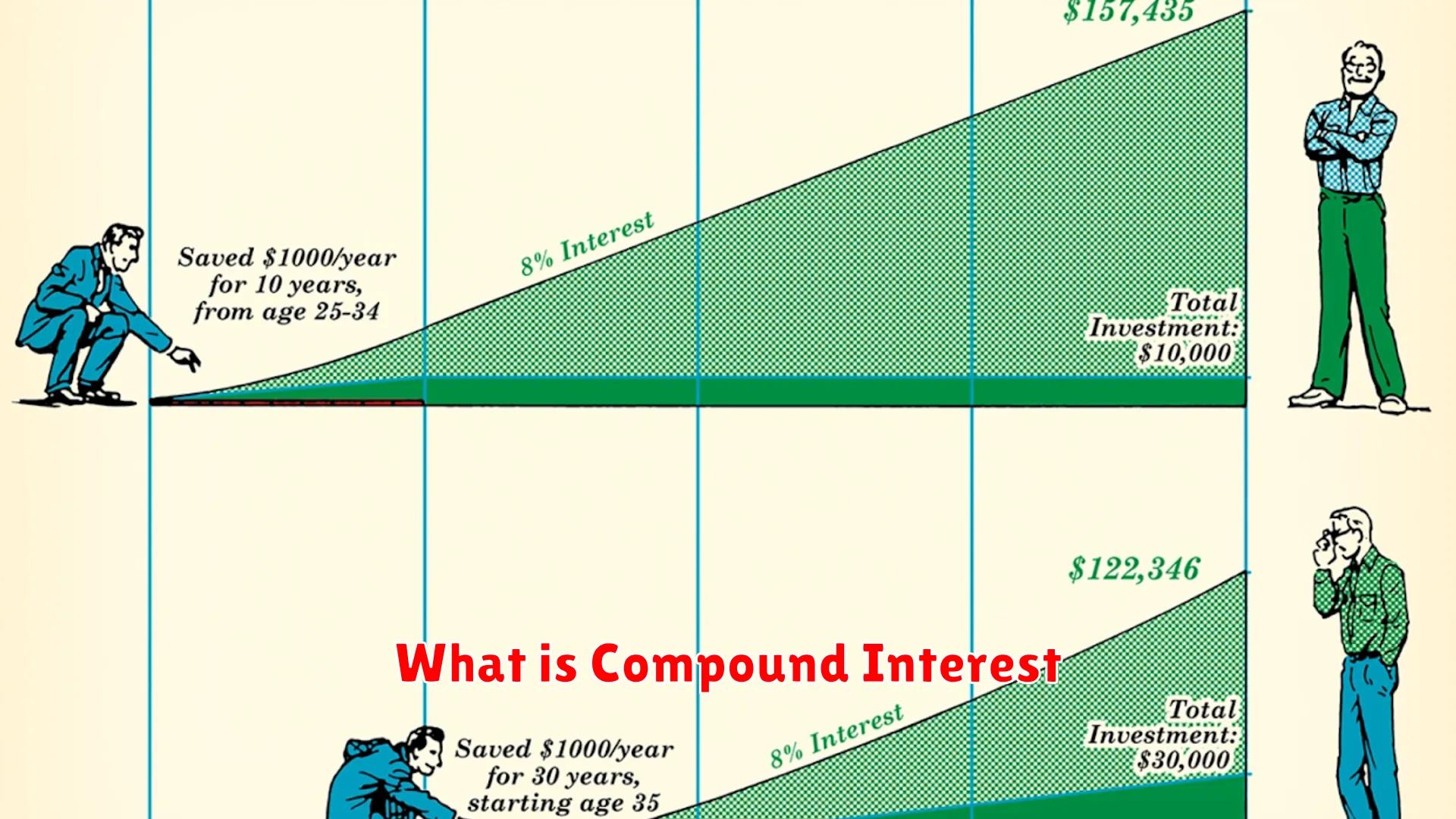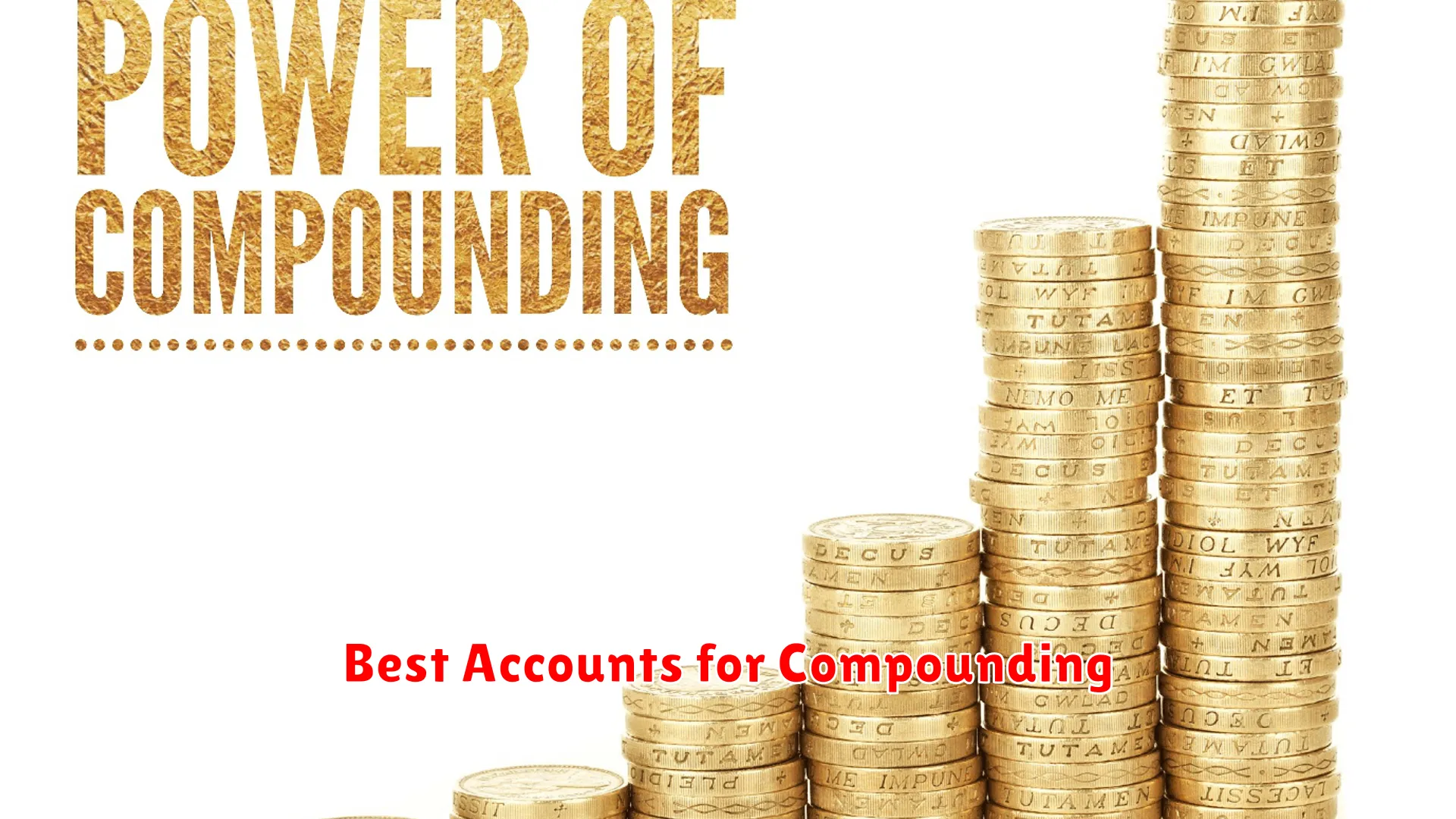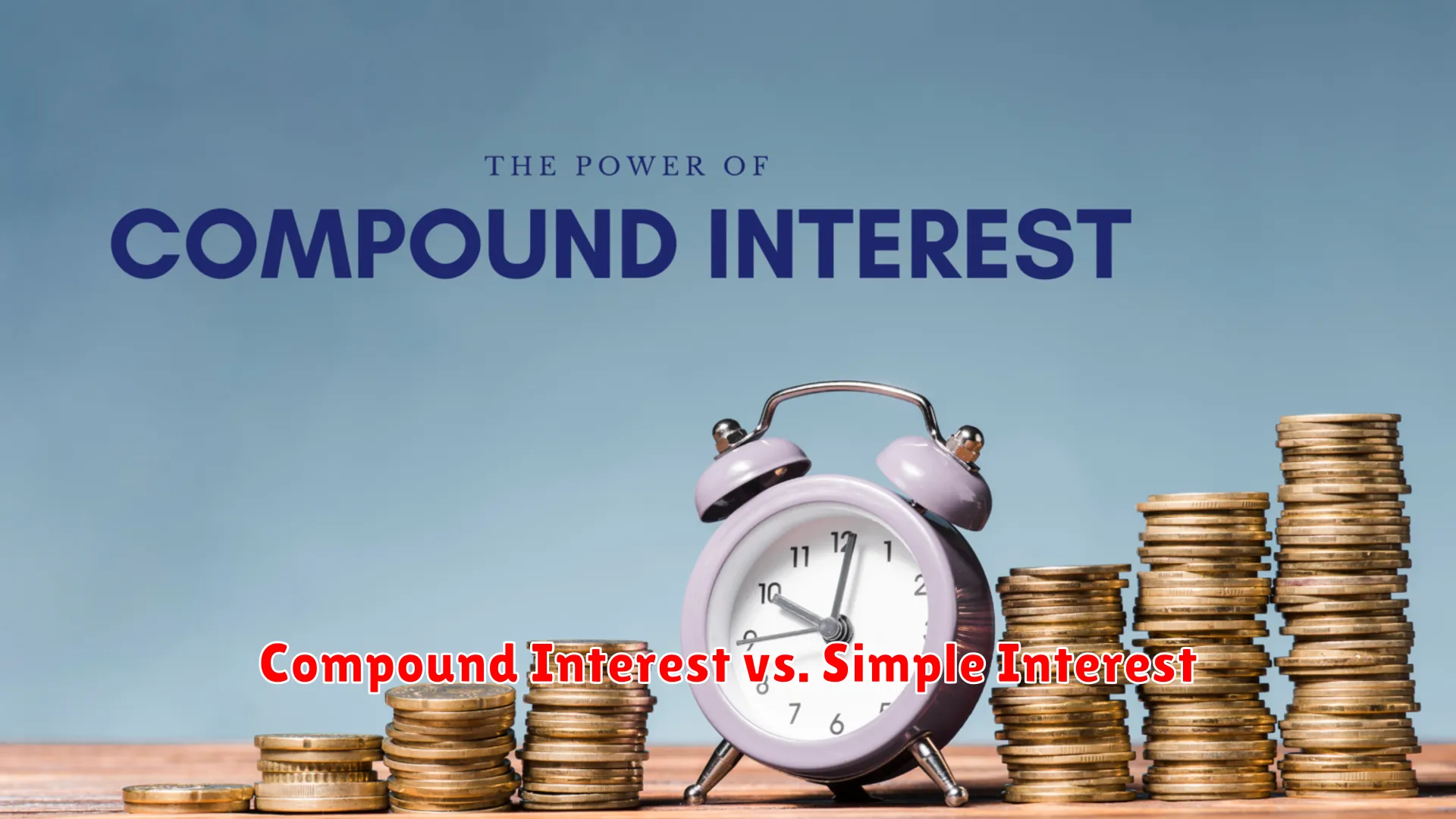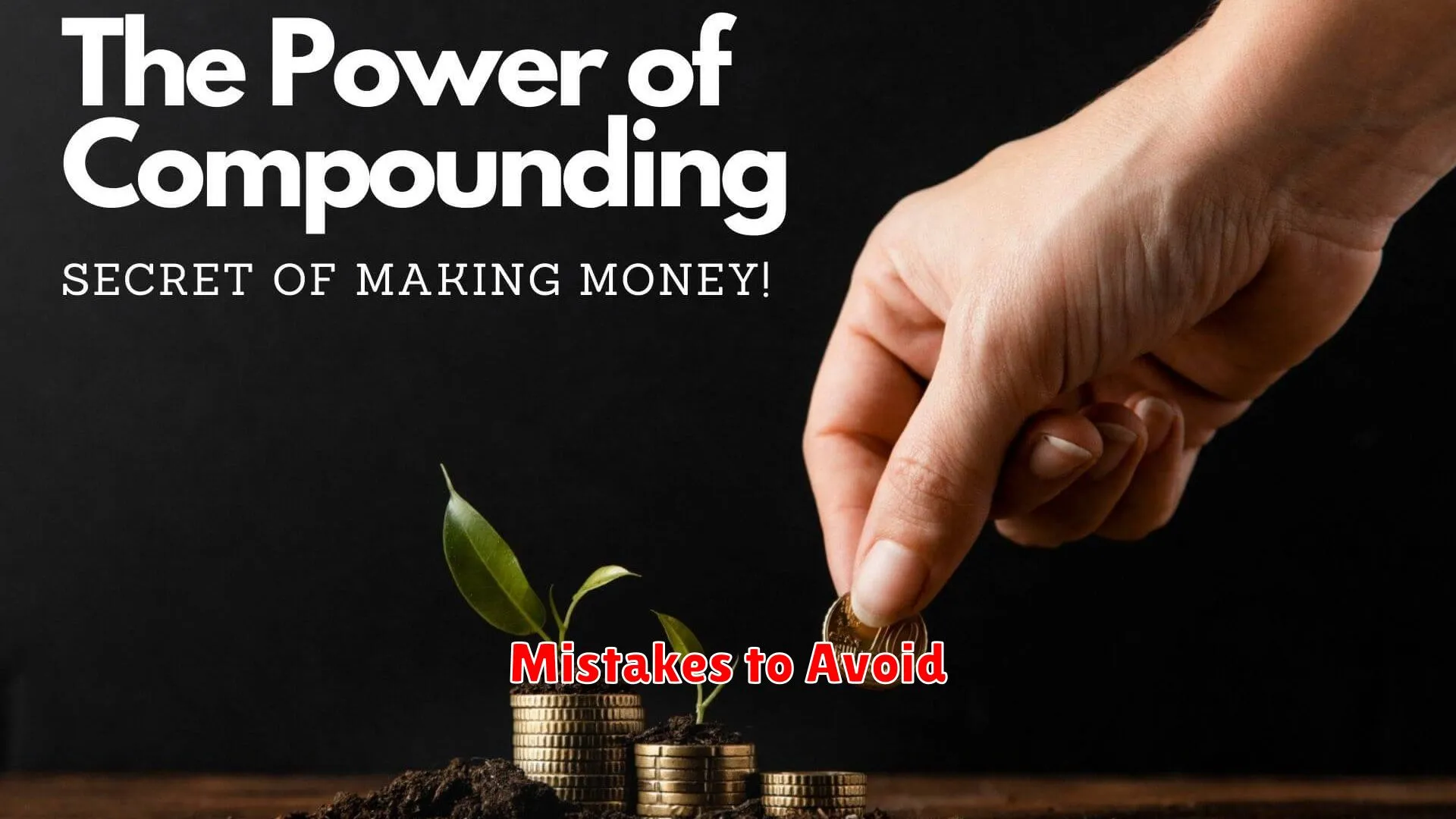Discover the incredible potential of compound interest in our article, “The Power of Compound Interest: Your Path to Riches.” Explore how this financial concept can pave the way to wealth with gradual yet exponential growth.
What is Compound Interest

Compound interest is a powerful financial concept that can greatly impact your wealth accumulation over time. It refers to the interest earned on both the initial principal amount and the accumulated interest from previous periods. In simpler terms, compound interest allows your money to grow exponentially as interest is calculated not only on the initial investment but also on the interest it has already generated.
Unlike simple interest, which is calculated only on the principal amount, compound interest helps your money work harder for you by continually adding to your investment’s growth. This compounding effect can lead to significant wealth accumulation over the long term, making it a key factor in building your financial future.
Understanding the power of compound interest is essential for anyone looking to achieve financial success. By starting to invest early and consistently, you can take advantage of the compounding effect to create a path to riches over time. The longer your money is allowed to grow through compound interest, the more substantial your wealth can become.
How to Leverage Compound Interest

Compound interest is a powerful concept that can help you build wealth over time. By understanding how compound interest works, you can maximize its benefits and accelerate your path to riches.
1. Start Early
One of the key aspects of leveraging compound interest is to start early. The earlier you begin investing or saving, the more time your money has to grow exponentially. Even small contributions can lead to significant returns over time.
2. Stay Consistent
Consistency is key when it comes to compound interest. Make it a habit to regularly contribute to your investments or savings accounts. By consistently reinvesting your earnings, you can take advantage of compounding and see your money grow faster.
3. Reinvest Your Earnings
Instead of withdrawing your earnings, consider reinvesting them to benefit from compound interest. Reinvesting allows your money to generate even more returns, leading to greater wealth accumulation in the long run.
4. Explore Different Investment Options
Diversifying your investments can help you leverage compound interest effectively. Explore different investment options such as stocks, bonds, mutual funds, or real estate to optimize your returns and reduce risks.
5. Stay Informed and Seek Professional Advice
Stay informed about financial markets and trends to make well-informed investment decisions. Seeking advice from financial professionals can also help you create a tailored strategy to leverage compound interest and achieve your financial goals.
Best Accounts for Compounding

When it comes to harnessing the full potential of compound interest to build wealth, choosing the right account is crucial. Here are some of the best accounts for compounding that can help accelerate your journey to financial success:
1. High-Yield Savings Accounts
High-yield savings accounts offer higher interest rates compared to traditional savings accounts, allowing your money to grow at a faster pace. Look for accounts with competitive APYs (Annual Percentage Yields) to maximize your returns.
2. Certificate of Deposit (CD)
CDs are time deposits that require you to lock in your money for a specific period in exchange for a higher interest rate. They are a low-risk option for growing your savings steadily over time.
3. Individual Retirement Accounts (IRAs)
IRAs provide tax advantages and a range of investment options to help your retirement savings compound efficiently. Consider a Roth IRA for tax-free growth or a Traditional IRA for tax-deferred earnings.
4. Dividend-Paying Stocks
Investing in dividend-paying stocks can generate passive income that can be reinvested to accelerate the compounding process. Look for companies with a history of consistent dividend payouts for long-term growth.
5. 401(k) Retirement Plans
Maximizing your contributions to a 401(k) retirement plan can supercharge your retirement savings through compounding. Take advantage of employer matching programs and automate your contributions to benefit from compounded growth.
Compound Interest vs. Simple Interest

When it comes to growing your wealth, understanding the difference between compound interest and simple interest is crucial. Both play a significant role in how your money can work for you over time, but the outcomes can be vastly different.
Simple interest is calculated only on the initial principal amount of a loan or investment. This means that each year, you earn or pay interest only on the original sum of money, leading to a linear growth or decline in your account balance.
On the other hand, compound interest takes into account both the initial principal and the interest accumulated over previous periods. As a result, your money grows exponentially over time, with the interest earning interest on itself. This compounding effect can significantly boost your returns in the long run.
For long-term investments or savings, compound interest is the key to building substantial wealth. The power of compounding allows your money to snowball, creating a more accelerated growth curve compared to simple interest.
While simple interest may be easier to calculate and understand, especially for shorter-term ventures, compound interest offers the potential for far greater returns over extended periods. By harnessing the magic of compounding, you can set yourself on the path to financial success and riches.
Mistakes to Avoid

When embarking on your journey towards creating wealth through the power of compound interest, there are certain mistakes that you should steer clear of to ensure success in the long run. Here are some common pitfalls to avoid:
1. Neglecting to Start Early
One major mistake many people make is postponing or delaying the start of their investment journey. The magic of compound interest lies in giving your money time to grow exponentially over the years. Starting early allows you to leverage time to your advantage.
2. Failing to Reinvest Dividends
Reinvesting dividends is crucial to maximizing the power of compound interest. By reinvesting the earnings generated from your investments, you can accelerate the growth of your wealth significantly over time.
3. Constantly Tinkering with Your Investments
Another mistake to avoid is constantly buying and selling investments based on short-term market fluctuations. It’s important to stay focused on your long-term investment strategy and avoid making impulsive decisions that could disrupt the power of compound interest.
4. Overlooking the Impact of Fees
High fees can significantly eat into your returns and hinder the power of compound interest. Make sure to choose investments with low fees and expenses to maximize the growth of your wealth over time.
5. Lack of Diversification
Failure to diversify your investment portfolio can expose you to unnecessary risks. Diversification helps spread risk across different assets and can protect your wealth in times of market volatility.
6. Ignoring the Impact of Inflation
Overlooking inflation can erode the real value of your investments over time. It’s crucial to consider inflation when planning your investment strategy to ensure that your wealth continues to grow and outpace inflation.
Conclusion
Compound interest is a powerful tool that can lead you to financial wealth over time. By consistently investing and reinvesting your earnings, you can harness the exponential growth potential of compound interest to pave your way to riches.




